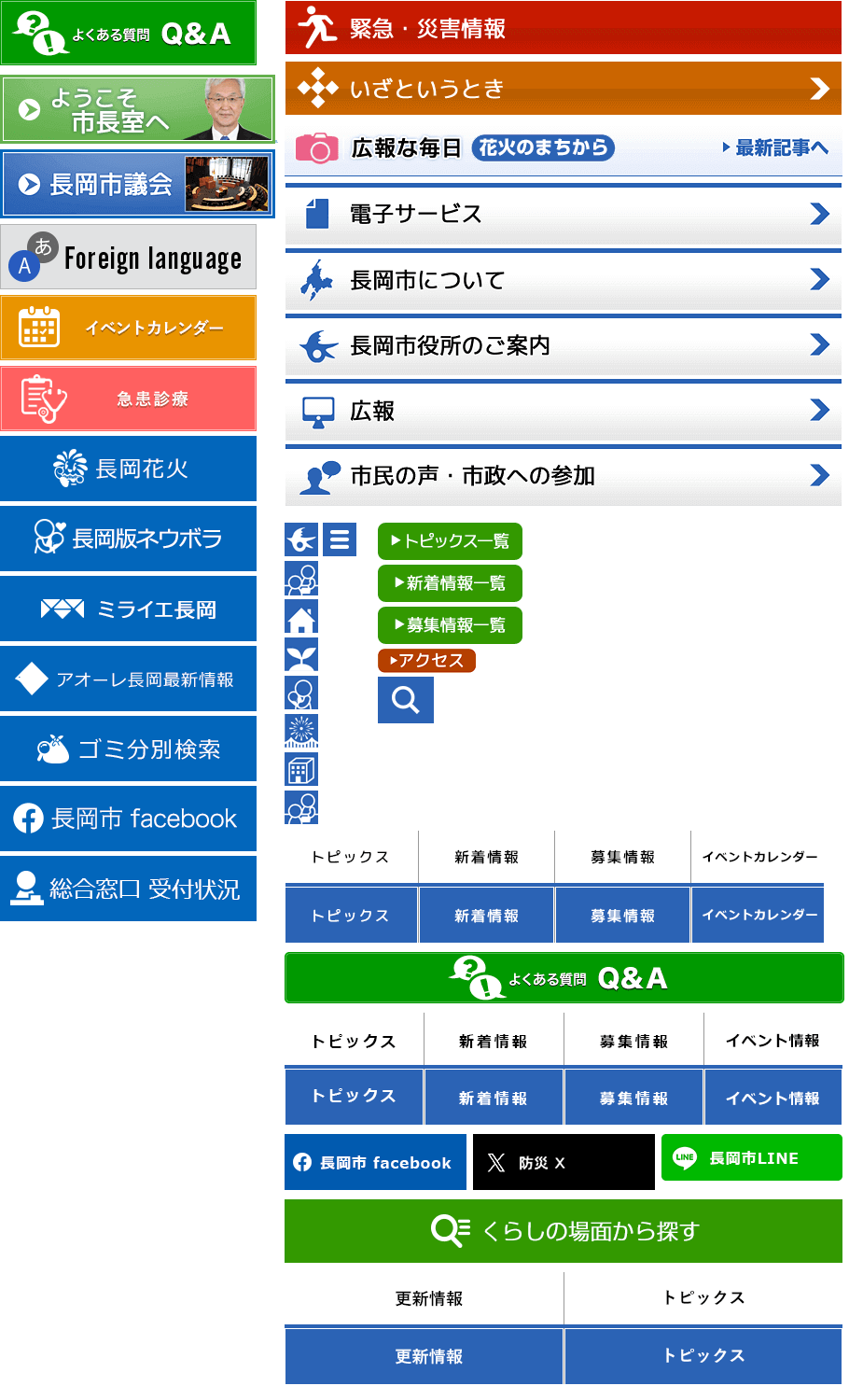The Spirit of Kome Hyappyo -米百俵の精神-
Last Update 2023.6.26
There is an expression popular with the people of Nagaoka - Kome Hyappyô ("one hundred sacks of rice") - referring to an incident at the end of the Edo Era, just prior to the Meiji Restoration. Nagaoka was defeated in the Boshin Civil War and the Nagaoka Han (feudal domain) was devastated. One hundred sacks of much-needed rice arrived as emergency relief. Rather than distribute the rice, Torasaburo Kobayashi, the Grand Councilor of the Han, sold it and used the money to establish a school, believing that only education could ultimately restore the area to prosperity and make the lives of the people better. Kome Hyappyô signifies the wisdom to invest in human resources.
Since the Meiji Era, schools in Nagaoka, beneficiaries of the Kome Hyappyô spirit, have graduated countless outstanding individuals who have made and continue to make important contributions to modern Japan.
明治まで後わずかの江戸時代末期に起きたある故事から、長岡の有名な物語「米百俵」は生まれました。北越戊辰戦争に敗れ困窮した長岡藩に、見舞いとして送られてきた百俵の米。長岡藩大参事の小林虎三郎は「教育こそが最終的には地域を繁栄させ、人々の生活をよくする」という信念のもと、この米を藩士らに分配せずに売却し、国漢学校設立資金の一部に充てました。「米百俵」とは「教養を広めて人材を育する」ことを表しています。
明治時代には、米百俵の精神の恩恵をうける長岡の学校からは、近代日本の発展に貢献した人材が数多く輩出されました。

Statues of Kome Hyappyô built at Senshugahara Furusato no Mori (Home Town Forest)
This website is managed by:
- 国際交流センター
- 〒940-0062 新潟県長岡市大手通2-2-6(市民センター)
TEL:0258-39-2714 FAX:0258-39-2280





















